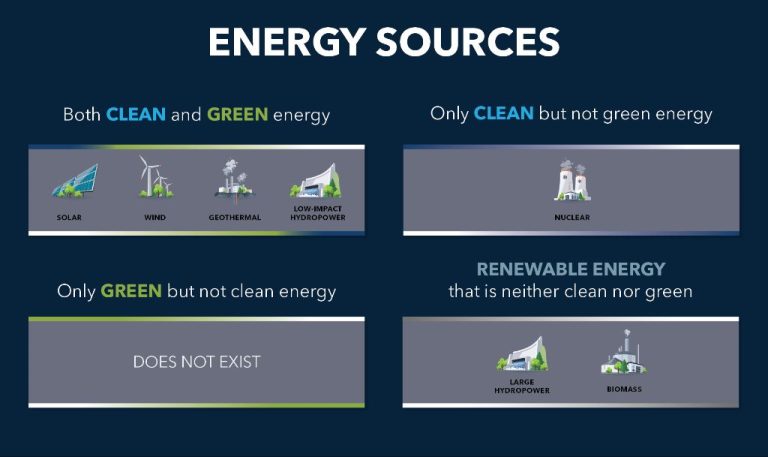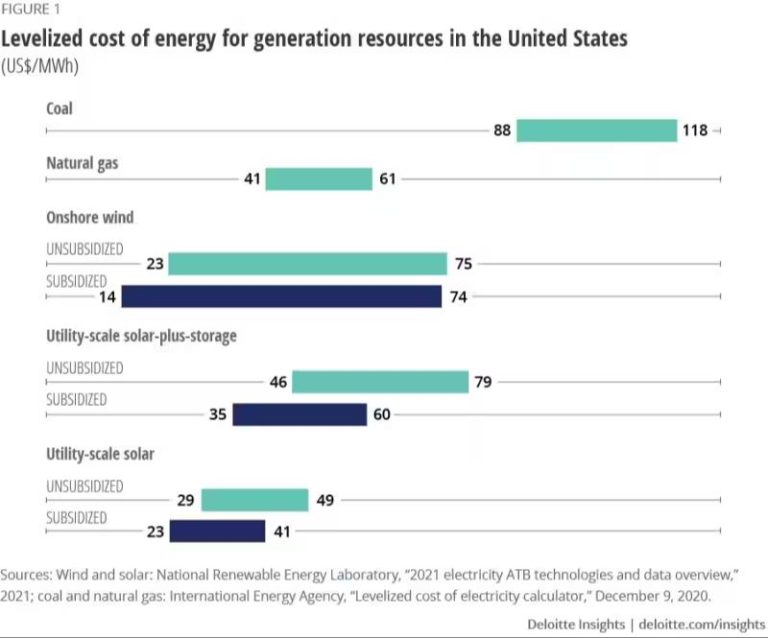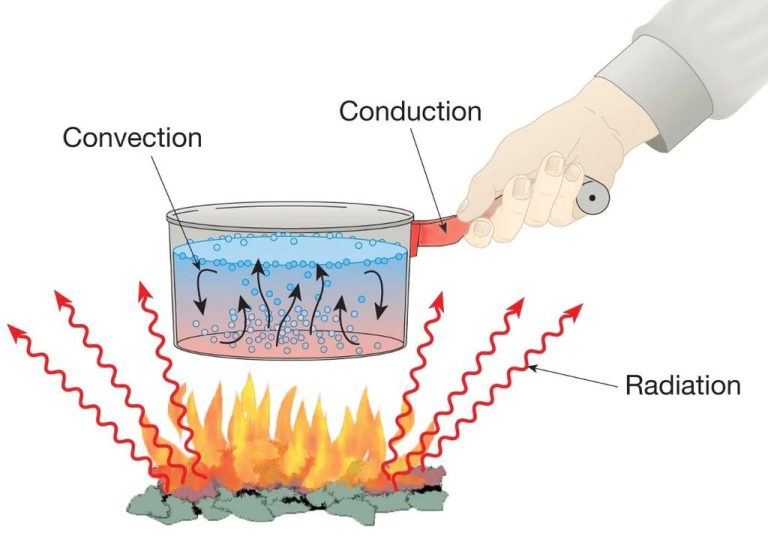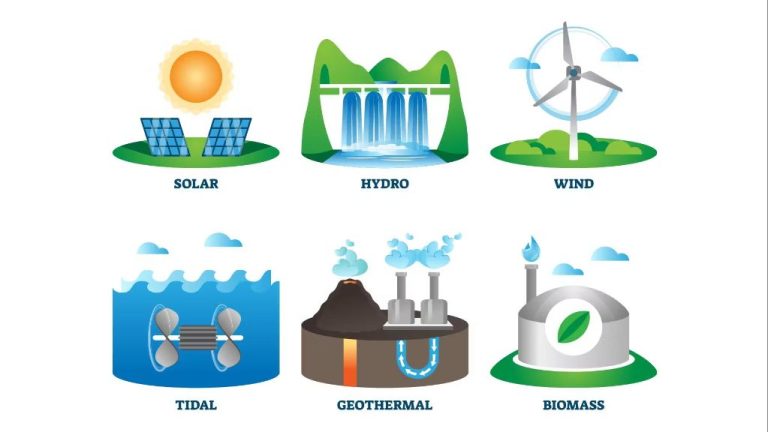Is The Renewable Energy Transition Creating A Green Jobs Boom?
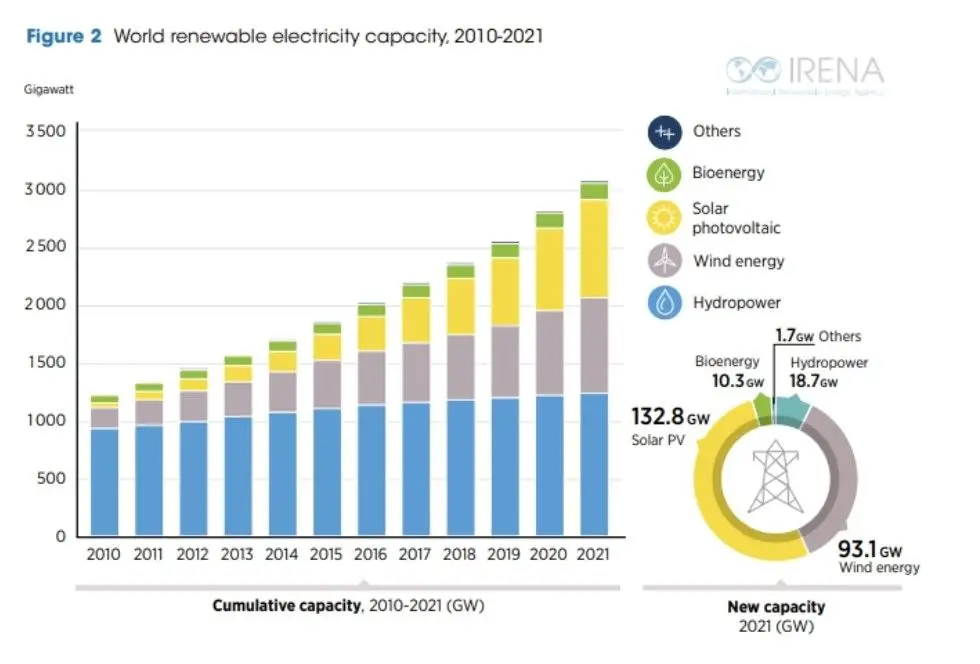
The growth of renewable energy has been one of the biggest stories in the energy sector over the past decade. As countries around the world enact policies to combat climate change by reducing carbon emissions, renewable energy sources like solar and wind have seen massive growth. This transition has major implications for energy jobs and the labor market. But is the shift to clean energy truly causing a “green jobs boom”?
Global renewable energy capacity has increased rapidly, with solar and wind generation more than quadrupling since 2010 [1]. With such large growth in renewable installations, job creation in the sector is accelerating as well. However, the scale of this “green jobs boom” and its ability to fully replace lost fossil fuel jobs remains debated. This article will analyze the latest data on renewable energy job growth, the quality of these jobs, and whether the transition will continue driving major growth in sustainable employment.
History of Renewable Energy Growth
The growth of renewable energy has accelerated rapidly over the past few decades. According to CME Group[1], biofuel mandates in the early 2000s helped spur the expansion of renewables in the 21st century. Policies like renewable portfolio standards and tax incentives have also driven growth.
The contribution of renewable energy, excluding hydropower, to global electricity production increased from just 1.3% in 1990 to over 10% in 2020[2]. The renewable share of global electricity generation could reach 20% by 2025 according to projections. Wind and solar have seen particularly rapid growth, with wind power increasing by a factor of 10 and solar PV by a factor of 100 over the past decade.
Current Size of Renewable Energy Sector
Renewable energy accounted for 12.6% of total U.S. energy consumption and 17.5% of electricity generation in 2019, according to the U.S. Energy Information Administration (https://www.eia.gov/energyexplained/renewable-sources/). The main renewable energy sources are:
– Solar power, which accounted for 1.9% of total U.S. energy consumption in 2019. Solar PV capacity has grown from 1.2 gigawatts in 2008 to over 75 gigawatts in 2019 (https://www.seia.org/solar-industry-research-data).
– Wind power, which made up 7.2% of utility-scale electricity generation in 2020. Wind power capacity nearly doubled over the past decade from 35 GW in 2009 to nearly 122 GW in 2020 (https://www.eia.gov/todayinenergy/detail.php?id=46236).
– Hydropower, the leading renewable source, which accounted for 6.5% of total U.S. utility-scale electricity generation in 2019.
– Bioenergy, which accounted for 4.8% of total energy consumption in the U.S. and 5.4% of utility-scale electricity generation in 2019.
Projected Future Growth
Renewable energy capacity is projected to grow substantially in the coming decades. According to the International Energy Agency (IEA), renewables are on track to account for 90% of global power capacity growth in 2021 and 2022.1 The IEA predicts that solar photovoltaic capacity will increase by nearly 5,000 gigawatts between 2020 and 2026, growing at an average rate of 17% per year.2 Onshore wind capacity is forecast to increase by over 60% by 2024 compared to 2019 levels.1
Many governments and organizations have set ambitious renewable energy goals. The European Union aims to source 32% of its energy from renewables by 2030.2 In the United States, multiple states have targets of 100% renewable electricity by 2050 or earlier. China aims to have renewable energy account for 25% of its total energy mix by 2030.1 If achieved, these targets will require massive growth in renewable energy capacity over the next few decades.
Renewable Energy Jobs Created
The renewable energy industry has seen significant job growth in recent years. According to the International Renewable Energy Agency (IRENA), the number of renewable energy jobs worldwide grew from 7.28 million in 2012 to 11.5 million in 2019, an increase of 58% (https://www.sustainabilityjobs.net/renewable-energy-jobs-statistics).
The types of renewable energy jobs span manufacturing, installation, operations, maintenance, and more. For example, wind turbine technicians are one of the fastest growing occupations in the US, with over 7,000 new jobs added in 2019. Solar panel installers are another major job category, employing over 250,000 people globally (https://www.eonnext.com/blog/62-Can-the-UK-go-green-and-keep-the-lights-on).
Projections indicate continued strong growth in renewable energy jobs. The IRENA estimates the number could reach 42 million by 2050 if renewable energy goals are met. Key regions for job creation include China, the EU, and the US. With the global transition to clean energy underway, the renewable job boom still has ample room for expansion.
Quality of Renewable Energy Jobs
When examining the quality of jobs in the renewable energy sector, key factors to analyze include pay, benefits, job stability and geographic distribution compared to traditional energy sector jobs.
Research indicates that renewable energy jobs tend to offer better compensation than some traditional fossil fuel jobs. A 2019 report found that the median hourly wage for solar photovoltaic installers was $24.48, which was higher than the median wages for coal and gas workers at $23.89 and $22.94 per hour, respectively (Source: https://bettermeetsreality.com/does-renewable-energy-create-more-jobs-than-fossil-fuels-renewable-energy-jobs-vs-fossil-fuel-jobs/).
In addition to higher wages, renewable energy jobs may offer better benefits compared to fossil fuel industry positions. A 2020 report by the ACTU union found that many renewable energy jobs lacked basic benefits such as paid sick leave, parental leave and retirement plans that are common in traditional energy sectors (Source: https://www.actu.org.au/policies-publications-submissions/sharing-the-benefits-with-workers-a-decent-jobs-agenda-for-the-renewable-energy-industry/).
In terms of stability, renewable energy jobs are projected to continue growing significantly, providing more long-term security compared to fossil fuel industry jobs that may be declining. However, renewable energy jobs tied to construction of new projects may be more seasonal or temporary.
Geographically, solar and wind jobs tend to be concentrated in specific states and regions with favorable resources and policies, while fossil fuel jobs are more dispersed. For example, over 60% of U.S. wind jobs are in five states, while solar jobs are concentrated in California, Texas and Florida (Source: https://bettermeetsreality.com/does-renewable-energy-create-more-jobs-than-fossil-fuels-renewable-energy-jobs-vs-fossil-fuel-jobs/).
Challenges & Critiques
While the renewable energy sector has seen impressive job growth, some analysts point to limitations and challenges in characterizing this as an unconditional “boom.”
First, it’s important to note that job gains in renewables have coincided with significant job losses in the fossil fuel industry. So the net increase is less pronounced. Furthermore, some of the renewable energy job creation represents shifts from fossil fuel related roles, rather than completely new positions.
There are also concerns that certain optimistic projections about future renewable job growth are overly ambitious. The transition is unlikely to be seamless and may hit speed bumps in reaching the highest estimates. Additionally, automation and technology gains could temper job creation to some degree.
While the general trajectory is positive, characterizing this as an uncontrolled “boom” may exaggerate the scale and linearity of renewable job gains. There are important nuances, challenges, and uncertainties that provide a more measured perspective.
Case Studies
According to a report from Mathematica, the World Bank’s clean energy investments in countries like Indonesia, Mexico, and South Africa have created a number of green jobs across various sectors. For example, in Indonesia the investments helped create over 10,000 jobs in construction, manufacturing, operations and maintenance related to geothermal power plants (Mathematica, 2022). However, the extent of job creation depended heavily on the policies and programs put in place by governments to support workforce development and engage local populations.
An analysis by IRENA found that strong policy support was key to renewable energy job growth in countries like Brazil, China, India and South Africa. In Brazil for instance, policies that encouraged local manufacturing and installation of wind and solar power created over 200,000 direct and indirect renewable energy jobs as of 2020 (IRENA, 2022). On the other hand, policies that favored fossil fuels and nuclear energy tended to limit renewable energy employment, as was seen in countries like Japan.
Overall, the case studies highlight that supportive government policies, investment in workforce training, and community engagement are critical for translating renewable energy growth into quality, local green jobs.
The Future Outlook
Most experts predict the renewable energy sector will continue to see strong growth and job creation in the coming years and decades. According to the International Renewable Energy Agency (IRENA), “Millions of additional jobs in renewable energy will be created over the coming years and decades” (1). IRENA forecasts the renewable energy workforce could reach 38 million jobs by 2050 under a transformation pathway aligned with climate goals.
However, realizing this potential depends on supportive policies and investment. As Alex Bolan writes, governments need to continue incentives that spur development and technological innovation in renewables (2). Investment in training programs and education will also be critical to build the skilled workforce required. Market design reforms that better value renewable energy’s benefits could further accelerate growth. With the right conditions, the renewable energy transition may power not just a cleaner electric grid, but expanded job opportunities.
Conclusion
In summary, the renewable energy transition is creating a significant number of new jobs globally. The renewable energy industry has experienced rapid growth over the past decade, leading to the creation of millions of new jobs in solar, wind, hydropower and other renewable sectors. Key projections estimate the total number of renewable energy jobs could grow to over 40 million by 2050.
While the quality and longevity of some renewable energy jobs has been critiqued, most analyses find the majority to be good, middle-class careers located all around the world. There are certainly challenges ahead in training workers and ensuring a just transition for fossil fuel workers, but the overall trend is clearly pointing toward a jobs boom in the renewable sector. Given the continued decline in prices and increased competitiveness of renewables, combined with global climate goals and pollution targets, the jobs boom in the renewable energy industry is likely to continue and accelerate in the decades ahead.

